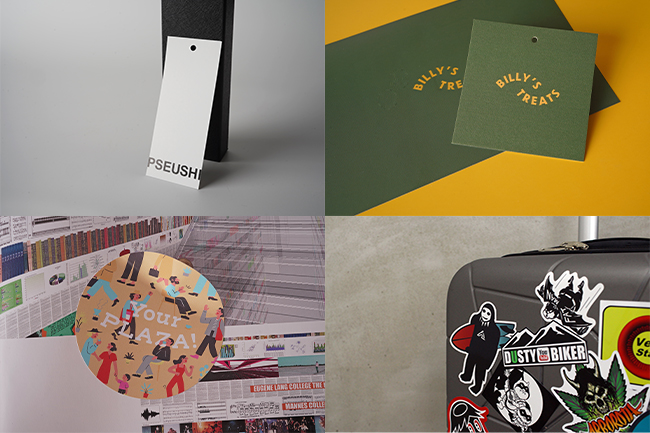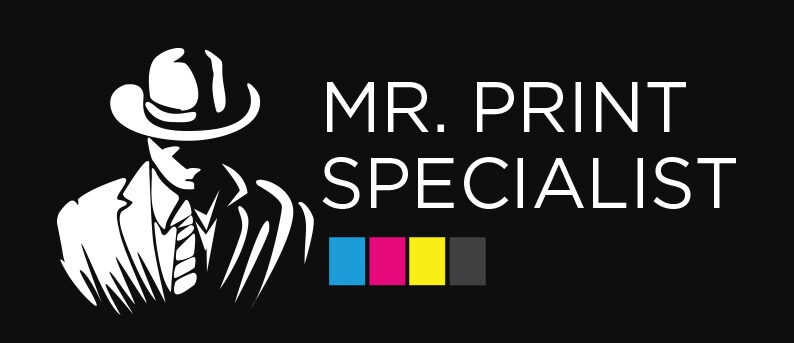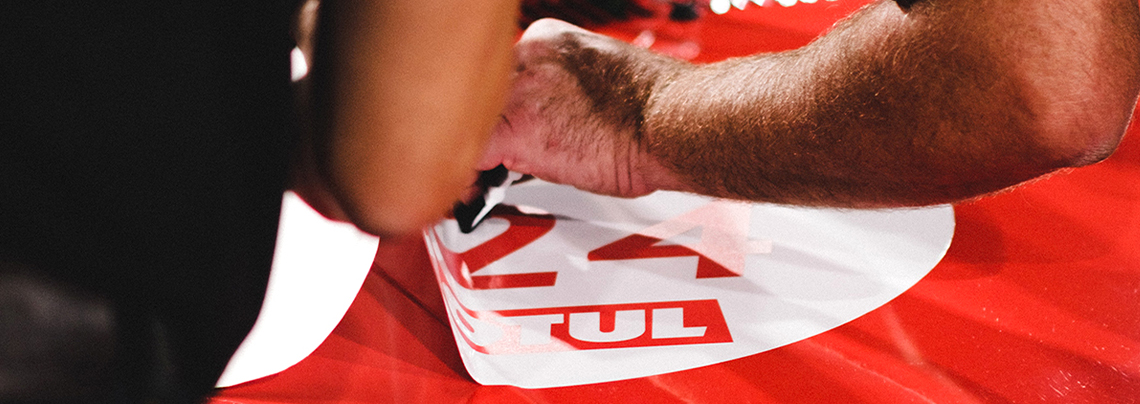Colours have various meanings in the world of design. It is important to know what each does and how they interact with each other.
Aside from choosing the colour for your logo, you will also need to learn how to use colour modes. Both of these are used to mix colours to create different outcomes. Knowing the difference between these two means that you’ll be able to optimize each of your design paths. It is important to remember that, depending on the colour, one will also be a better choice than the other.
These two modes serve a specific purpose and are used for different reasons. Mastering these will give you an advantage over the rest of the competition. Improper usage of these colour modes may result in an unwanted reaction. With our help, you won’t have to worry about these acronyms and what they mean.
This guide will enlighten you about how RGB and CMYK are different from each other and how they’re used. Proper use of these colour modes can lead your project to success.
What is RGB?
RBG or Red, Green, and Blue, is all about digital. This colour mode is primarily used for designs that are displayed on a screen. A screen can display images with hundreds of pixels and each of those have three sub-pixels. Despite only using three colours, this mode can form any other colour combination on your tv screen or computer.
If the design you are working on will only be seen on an electronic screen, you should be using RGB. Doing so will allow you to have access to all the bright colours this mode has to offer.
You should use this mode for the following:
- Websites
- Social Media Pages
- Video content
- Infographics
- Online ads and logos
- Photos for social media, websites, and apps
Best file formats for RGB:
- JPEGs
- GIFs
- PNGs
- PSD

What is CMYK?
CMYK stands for Cyan, Magenta, Yellow, and Key. This colour mode is the one used when you aim to design for printed materials. Using a printing machine can create images by using CMYK in varying ways. All colours will begin as black white and each ink layer will reduce the initial brightness, bringing to life the preferred colour.
This is the colour mode that you will be using when you are running a marketing campaign using printed tools like stickers and posters. CMYK is the way to go for any physical printed material. This colour mode should not be used when you are designing something meant to be seen on screen.
Turn to CMYK when your product includes:
- Business cards
- Posters
- Signs
- Custom stickers and decals
- Billboards
- Flyers
- Brochures
- Vehicle designs
- Product packaging
Ideal file formats for CMYK:
- AI
- EPS

So, What’s the Difference?
To put it simply, CMYK is the colour mode used when you intend to print your design with ink. While the RGB colour mode should only be used if your design is intended to be viewed on a screen. Mastering both of these can help you become a much better designer.
Final Thoughts
Every designer should be able to use these codes to their maximum potential. By learning how each of them differs, you’ll have a better grasp on how to design around the product. Be sure to take note of these differences so that you can further improve yourself and show people the best version of yourself.




